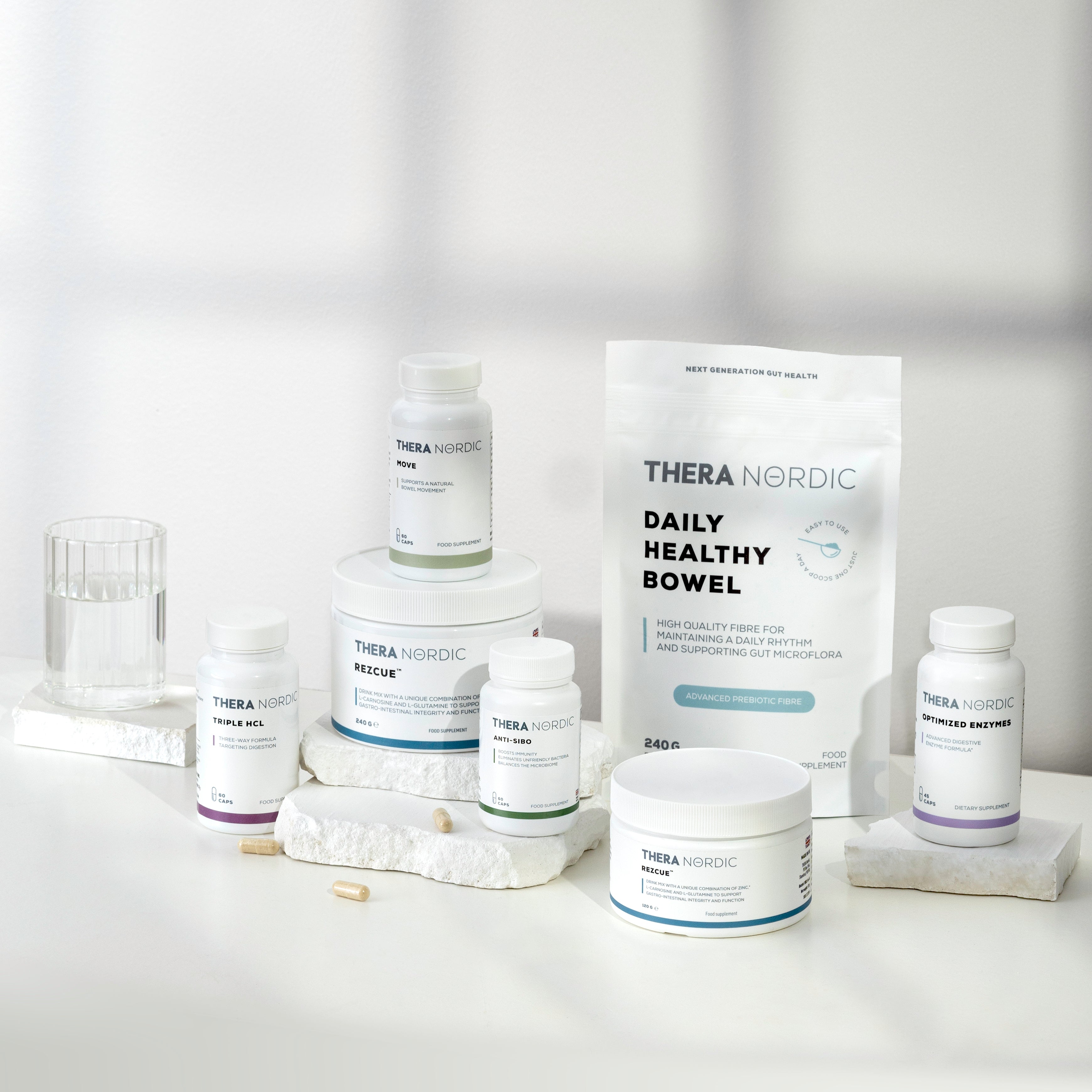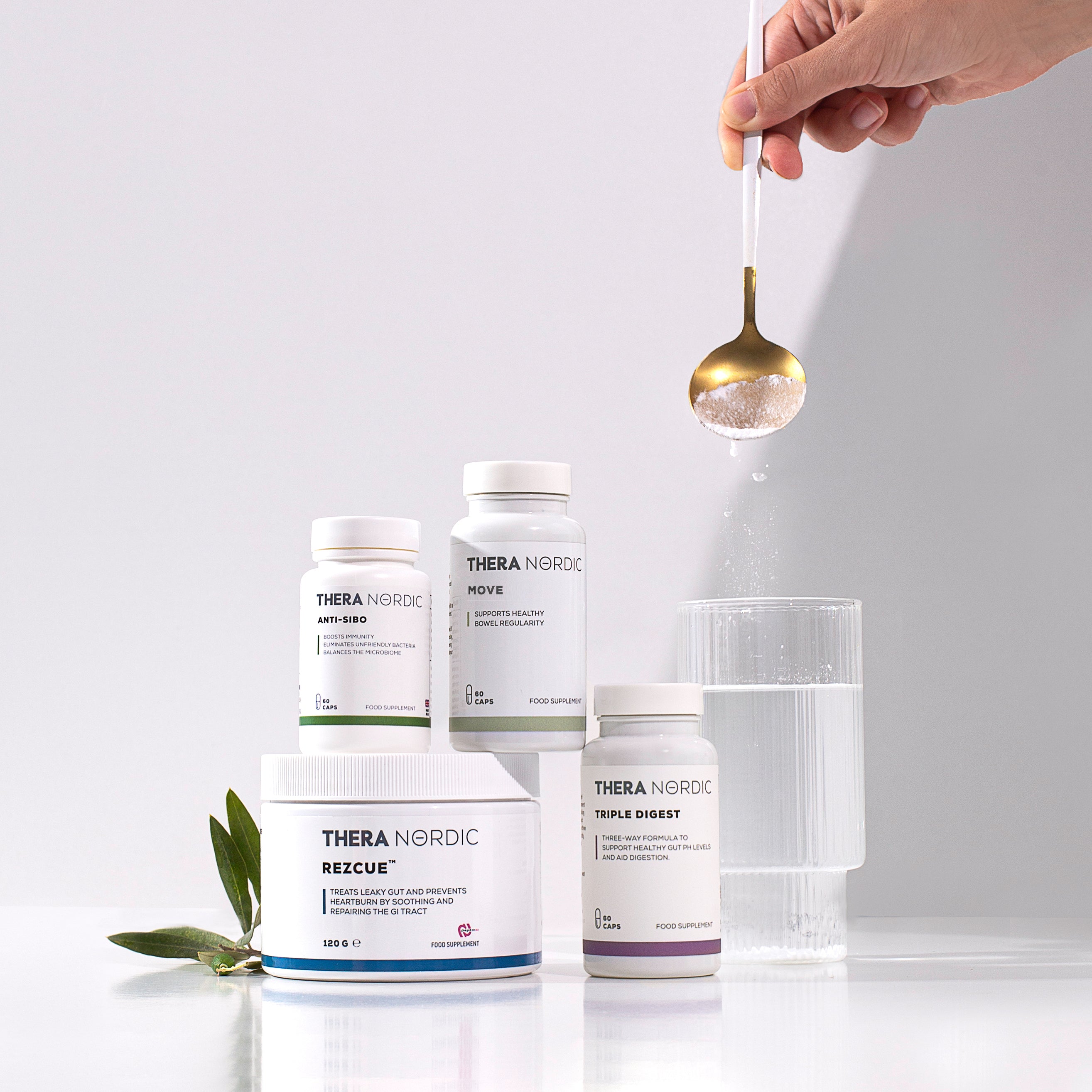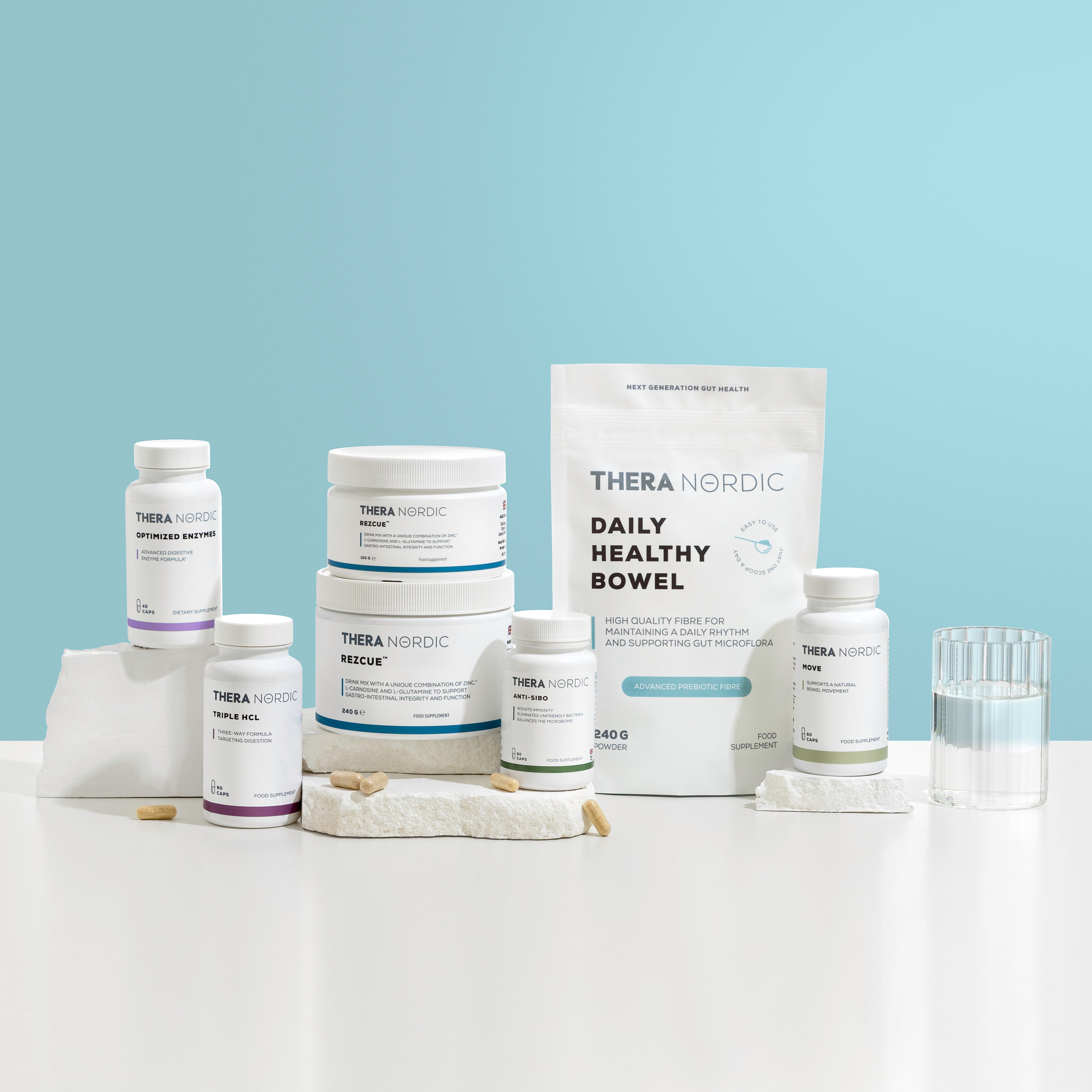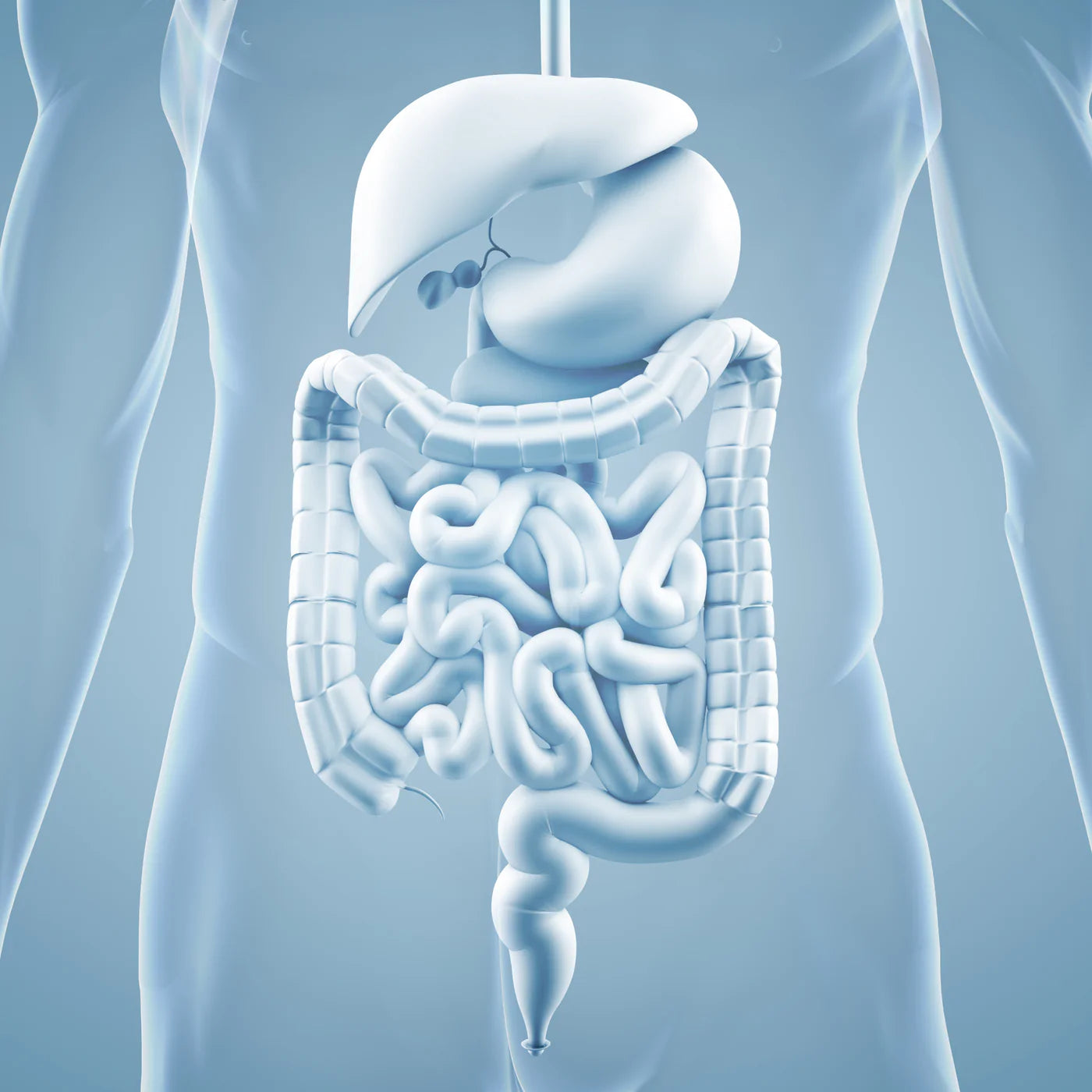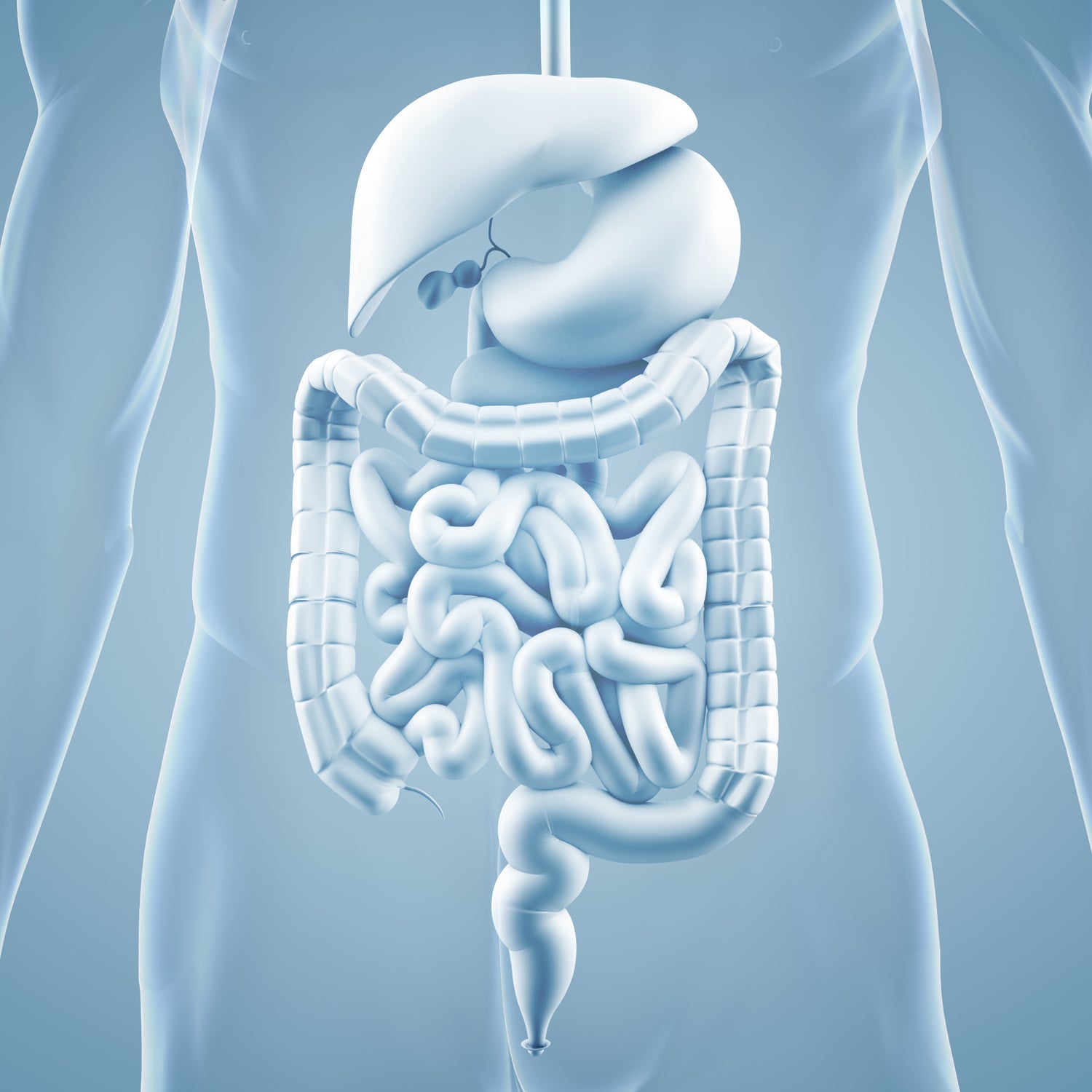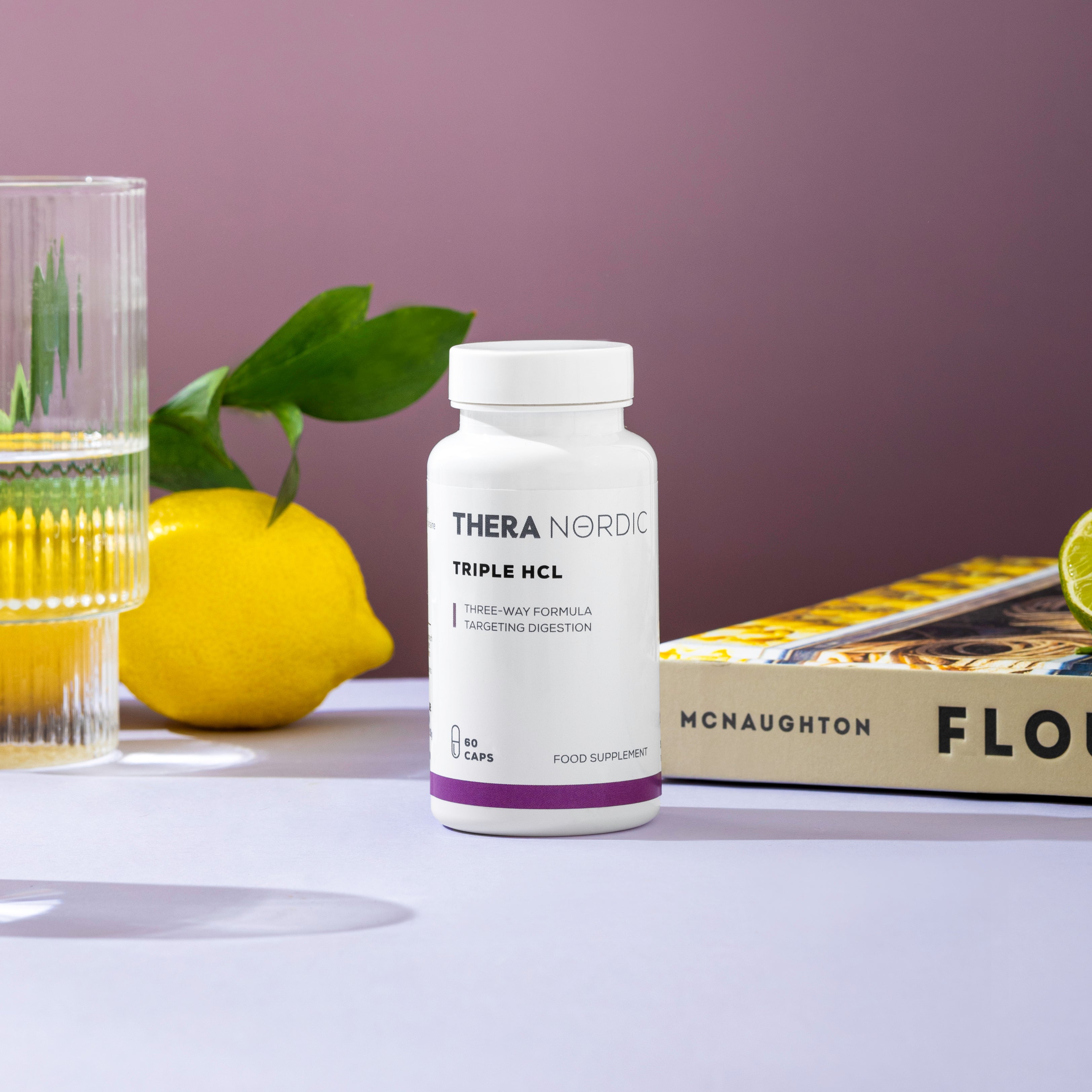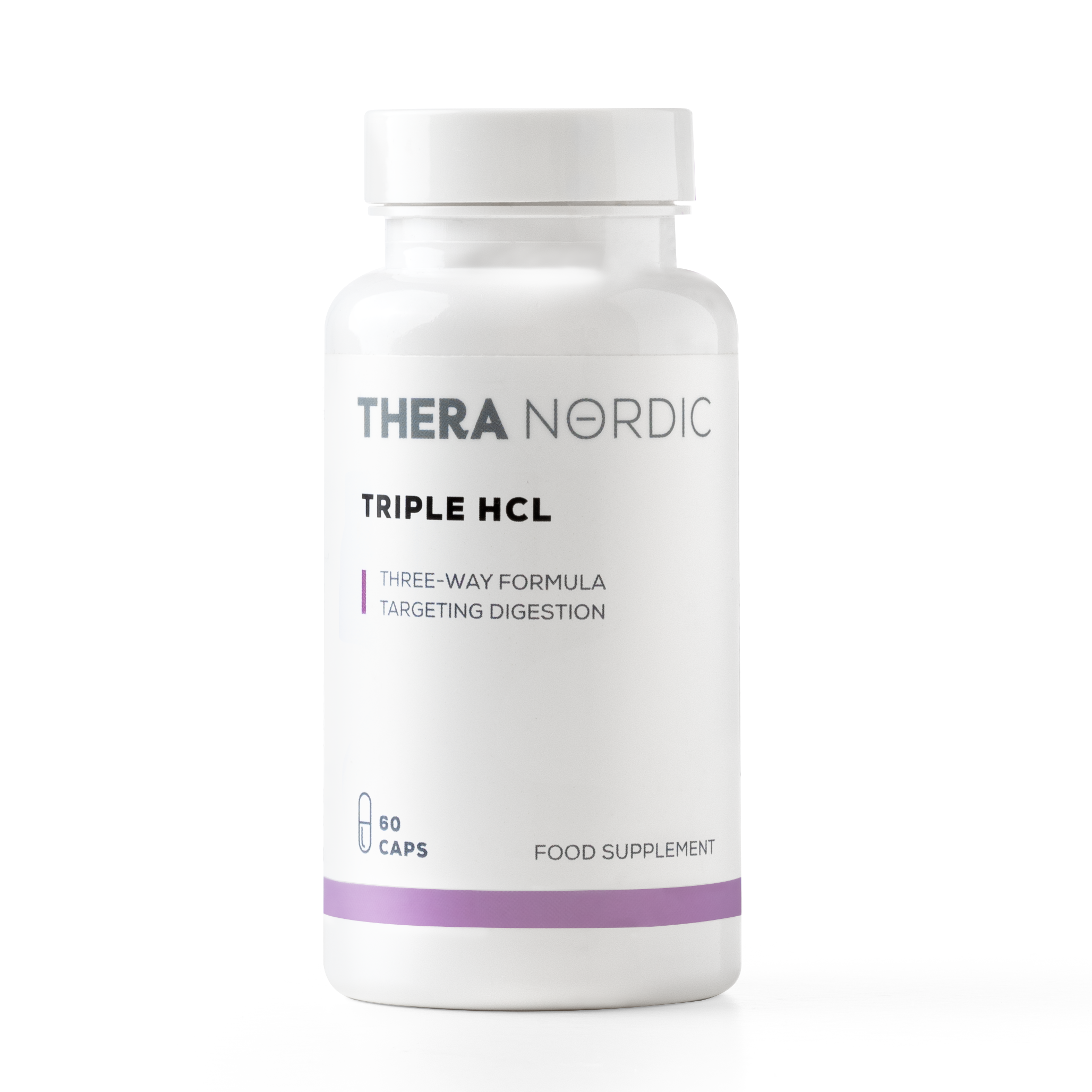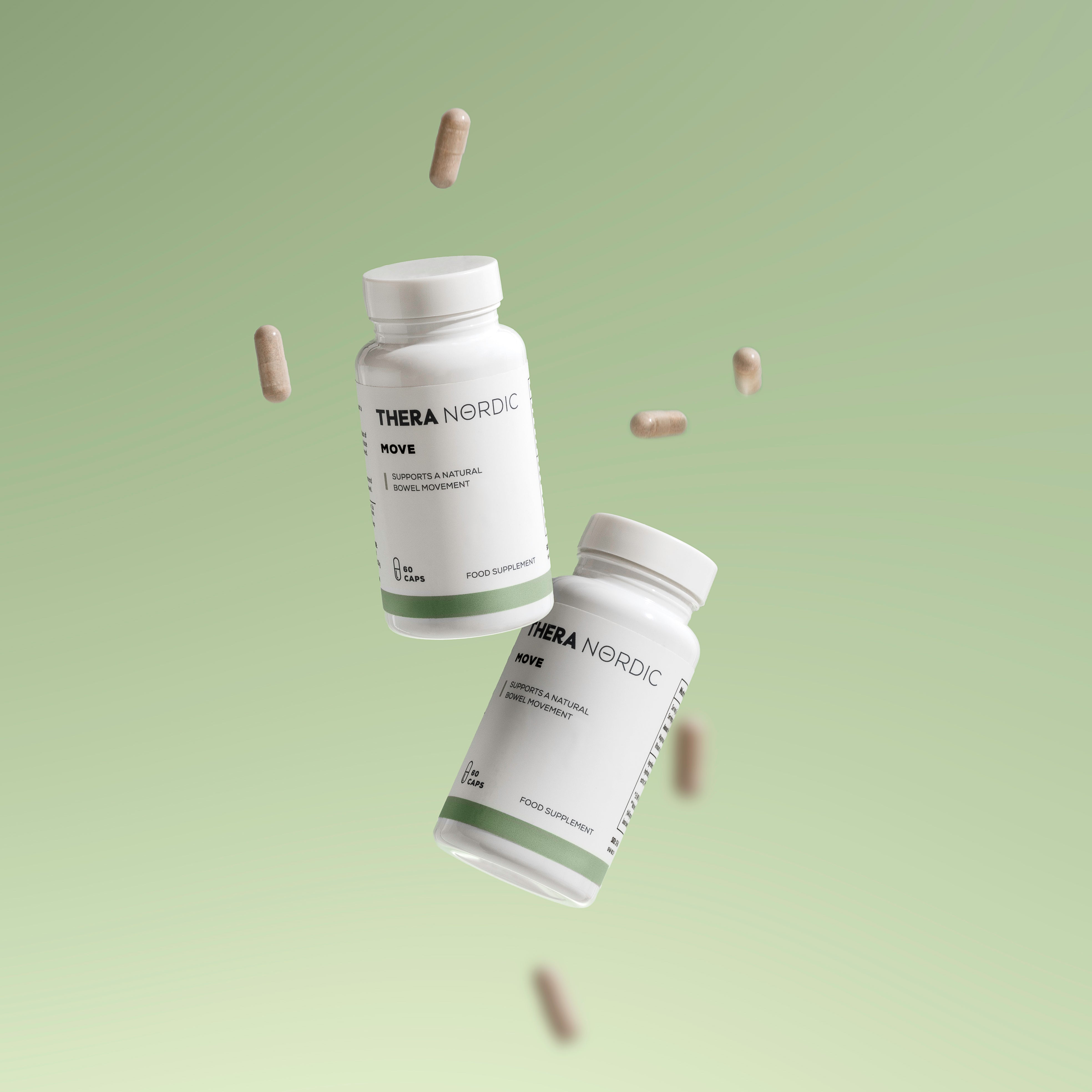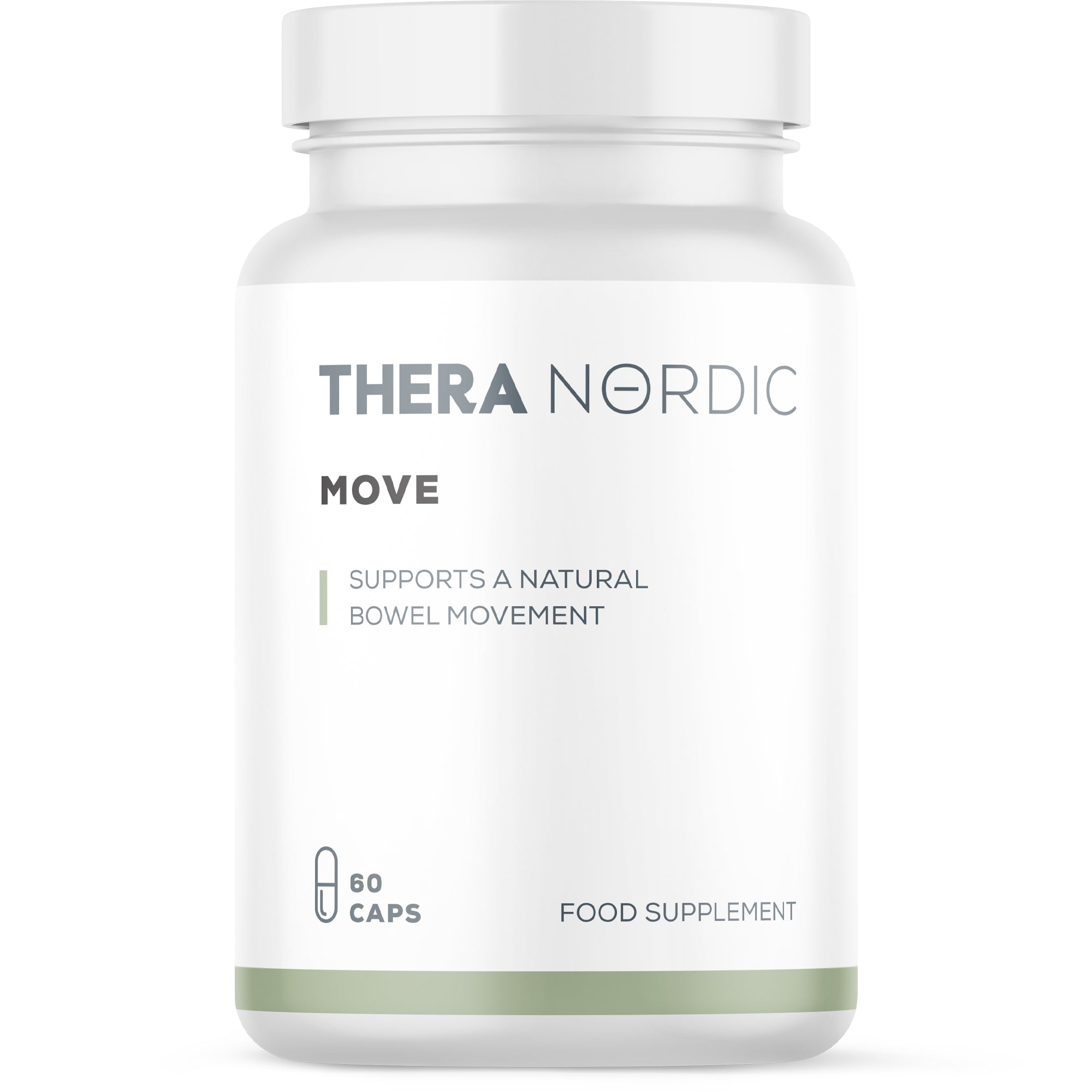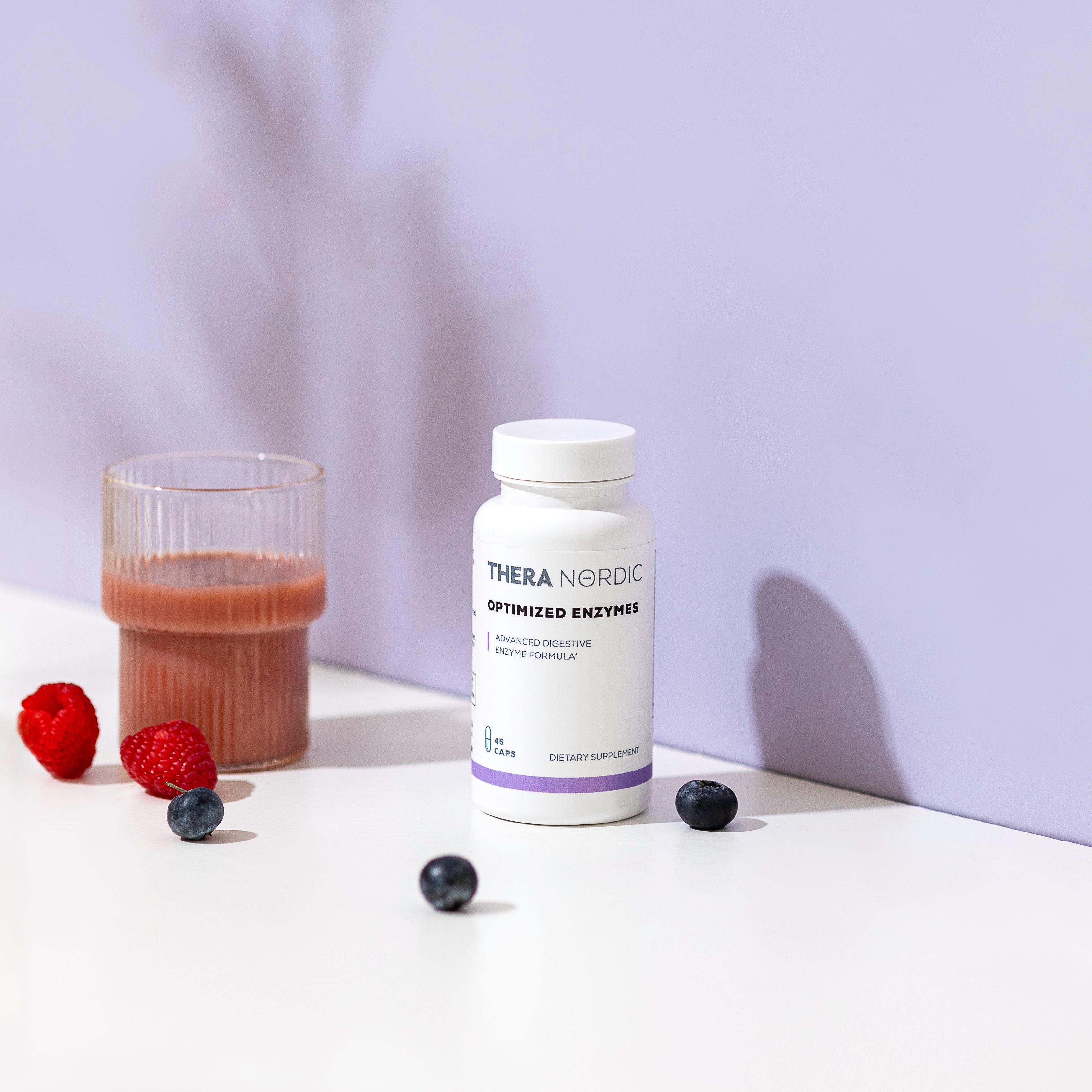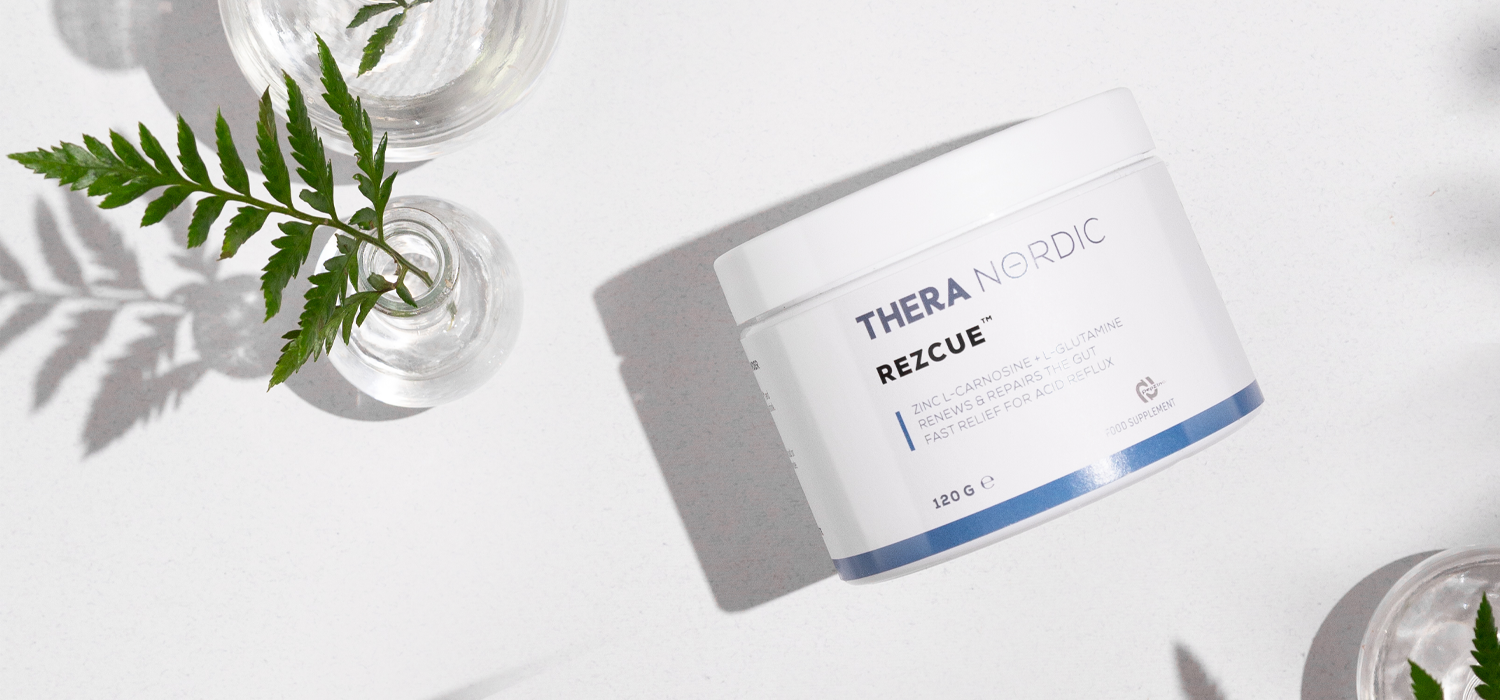SIBO stands for Small Intestine Bacterial Overgrowth. It is a recognised medical condition but it's not the only imbalance that can have exactly the same kind of symptoms. In this article we will look more closely at SIBO as well as other common forms of microbial imbalance. Understanding the bigger picture will help you on your journey to better gut health.
SIBO was first discovered in 1939, however it wasn’t until 2000 when Pimentel et al. at Cedars-Sinai Medical Center first identified that SIBO was present in 78% of patients with irritable bowel syndrome (IBS), and that treatment with antibiotics improved symptoms.
Before we look more closely at SIBO it’s important to understand IBS and SIFO as they share some of the same symptoms..
- SIFO stands for Small Intestine Fungal Overgrowth
- IBS is Irritable Bowel Syndrome
What are the differences between SIBO/SIFO and IBS?
The main difference is that SIBO/SIFO happens in the small intestine whereas IBS happens in the whole gut. For SIBO/SIFO there is clear cause and tests that can be performed, whereas IBS is not as clear. The similarities are in the symptoms, which can make it difficult to distinguish between these conditions. In many cases both SIBO/SIFO and IBS can exist at the same time which often adds to the confusion.
Small intestine - healthy bacteria & fungi
The small intestine follows on from the stomach in the digestive process. It is responsible for absorbing most of the nutrients from your food. There are bacteria and fungi present in a healthy small intestine, but only in small numbers compared to the large intestine. In a healthy body the stomach creates an environment so acidic that bad bacteria will not survive in it. Good bacteria on the other hand are acidophilic, literally meaning “acid-loving”, so they survive the stomach’s natural acidity much better.
SIBO - Bacterial overgrowth
When your stomach acidity weakens, either due to ageing, stress or the use of acid-blocking medication (such as PPI & antacids), the bacteria that would normally be killed in the stomach can make their way into the small intestine. The second line of defence is our good bacteria (known as acidophilus) that will first fight off the bad bacteria. And then, over time, the acidophilus will weaken and eventually lose their fight. This is when the unwanted overgrowth, SIBO, settles in.
Other reasons for the appearance of SIBO are medical conditions, surgeries or medications that slow down the transit time of food through the small intestine, creating a breeding ground for bacteria. It’s worth also noting that SIBO responds to antibiotics, whereas antifungal medications are ineffective.
SIFO - Fungal overgrowth
When the balance of the gut microbiome is disrupted, either due to factors like a high-sugar diet, antibiotic use, or a compromised immune system, the fungi that normally live in harmony within the gut can begin proliferating uncontrollably. This is particularly true for Candida species, which thrive on sugars and simple carbohydrates. Again, just like in the case of SIBO, the beneficial bacteria that typically keep these fungal populations in check can be overwhelmed or diminished, leading to an overgrowth situation, this time SIFO.
Other triggers for SIFO include medical conditions that compromise the immune system or the integrity of the intestinal lining, such as Crohn's disease or celiac disease, as well as the long-term use of corticosteroids or immunosuppressant drugs. SIFO is most prevalent in people with weakened immune system.
SIFO responds to antifungal medication, whereas antibiotic medications are ineffective.
IBS - Irritable Bowel Syndrome
IBS is a diagnosis that relies entirely on symptoms. There is no way to diagnose IBS by testing. It is considered a functional gastrointestinal disorder and it cannot be treated with medication - whereas SIBO and SIFO can be both tested and medicated.
IBS can be caused by anything that irritates the bowel. The Gut-Brain axis is one of the most important players here, as anxiety and stress always directly affect the gut. Other triggers can be food intolerances such as gluten, lactose and FODMAP containing foods. As with SIBO/SIFO, it takes the combined stress of all these factors for the healthy balance to start losing its foothold. Once IBS sets in, it can affect the brain chemistry, causing more anxiety and the vicious cycle continues.

Clearing confusion: How do you know if you have SIBO?
Let's first look at the common symptoms of all three aforementioned conditions. All of these can cause:
- Bloating and Gas
- Abdominal pain or discomfort
- Food intolerances
- Chronic fatigue
This means that distinguishing between the three is not possible using the list of symptoms above as these symptoms exist in all three. These symptoms can be considered as “general alarms” that something is wrong, but they alone won’t help in diagnosis.
Next, let’s have a look at specific symptoms that are more useful in the diagnosis. Real diagnosis happens by testing for SIBO by breath test and ruling out the others. But more on that later!
SIBO-specific symptoms
The probiotic (acidophilic) bacteria in our small intestine are in symbiotic relationship with us. They help with nutrient absorption and even synthesise some of the vitamins we are not getting from food.
When the beneficial bacteria are replaced with harmful or useless, opportunistic bacteria, malabsorption and deficiencies slowly develop.
Weight loss
Due to the deficiencies described above, unintended weight loss may occur.
Although diarrhoea can occur in all three conditions, it is more frequent and severe in SIBO, which is also one reason for developing deficiencies, as food is rejected and passed along too quickly.
SIFO-specific symptoms
Since fungus loves sugars, especially Candida species, they are able to signal to us via a gut-brain connection that they want “fast food”.
A white coating on the tongue or inside the mouth, which is also called Candidiasis as it’s caused by the Candida species.
Skin and nail infections that keep coming back, or vaginal yeast infections.
Persistent unexplained fatigue, difficulty concentrating and memory problems are more typical for SIFO.
IBS-specific symptoms
More pronounced in IBS but is usually relieved after a bowel movement.
Constipation (IBS-C) or diarrhoea (IBS-C) or alternating (IBS-M)

Focus on SIBO
Now that we’ve established some distinction between the conditions, we can focus on SIBO itself. There are two main types of bacteria associated with SIBO:
- Methane dominant bacteria
- Hydrogen dominant bacteria
The easiest and non-invasive way to find out if you have either of these is a breath test. These are usually home tests where you ingest glucose (the favourite fuel of bacteria) and the test measures the level of methane or hydrogen in the breath during a time window of a few hours.
The most accurate test is called jejunal aspirate testing, which is done by endoscopy and collecting secretions from the small intestine which are then analysed for bacteria. This is however fairly invasive and so not highly accessible for most people.
Should the SIBO breath test be the first thing to do?
The simple answer is no. A meta-analysis comparing the efficacy of breath tests gave the best score to Glucose Breath testing, and the result was: On average the glucose breath test had a sensitivity of 58% and a specificity of 83%. This means that the best breath tests can tell that you have SIBO with 58% certainty, or tell you don’t have SIBO with a certainty of 83%.
Because SIBO is an imbalance, it can be holistically treated first - before going to testing and possible “big guns”, specifically antibiotics (usually Rifaximin). If the holistic approach doesn’t seem to help, the next step is to do proper testing and use more effective means if necessary.
The good news is that the holistic approach is not SIBO-specific. It is generally healthy and addresses all the issues mentioned in this article.
How to regain balance if you suspect SIBO
Going on a FODMAP diet for at least for two weeks (but better if it’s up to six weeks) can be beneficial when your gut seems to be causing you a range of issues. FODMAP stands for Fermentable Oligosaccharides, Disaccharides, Monosaccharides And Polyols. You can find an abundance of easy shopping lists and delicious recipes by doing a search on Google.
Because all bacteria and fungi are opportunistic, they appear wherever you make room for them. When you strip them out of these carbohydrates, you actively modify your microbiome to a place where your “good” acidophilic bacteria will take over again and heal the gut.
Too low stomach acid levels are usually the reason why SIBO gets the foothold in the first place. Taking Betaine HCL with meals will start turning the tide as new bacteria won’t make it in small intestine. Overall, strengthening the digestion will help with reinstating your microbial balance. HCL is not suitable if you have ulcers.
Partly digested foods can irritate the digestive system and contribute to food intolerances, bloating and gas formation. Taking a wide spectrum digestive enzyme with meals will help the meal to digest completely and aid digestion. A good enzyme can take care of bloating and gas immediately. Another reason for taking a strong proteolytic (protein digesting) enzyme is because it destroys biofilms - a thin layer which the bacteria use to hide behind. Once the enzyme digests the biofilm, the bacteria are more easily killed off.
Natural compounds with gentle, selective antibiotic action can directly attack the bacteria which is causing SIBO. The most effective include allicin (from garlic), oregano oil and berberine. They are well tolerated and beneficial for your overall health outside of treating SIBO as well.
Not only starving the bad guys, but also feeding the good guys is beneficial. Just make sure your fibre product is FODMAP safe - many fibre blends are not and will undo your FODMAP diet. We can recommend our Daily Healthy Bowel for this purpose.
You may consider a product that facilitates faster intestinal movements, and this may be especially beneficial in the early phase of SIBO treatment. The reason for prokinetics use is to help move the bacterial mass away from the small intestine and prevent new food from staying there for too long to be fermented by the bacteria. This is however only necessary if the symptoms prevail after implementing all the above steps for one month.
Wrapping it all up
If following these steps won’t bring help in 4-6 weeks, it is advisable to turn to a naturopathic doctor who can assist with the testing and possible antibiotic approach.
Imbalances in the gut, regardless of the exact type, usually benefit from a nurturing, multifaceted approach described in this article. The single most important thing affecting our gut health is the microbiome - the gut bacteria. When they are in balance, everything is in balance. In most cases it is possible to fix the imbalances with these simple tools.


